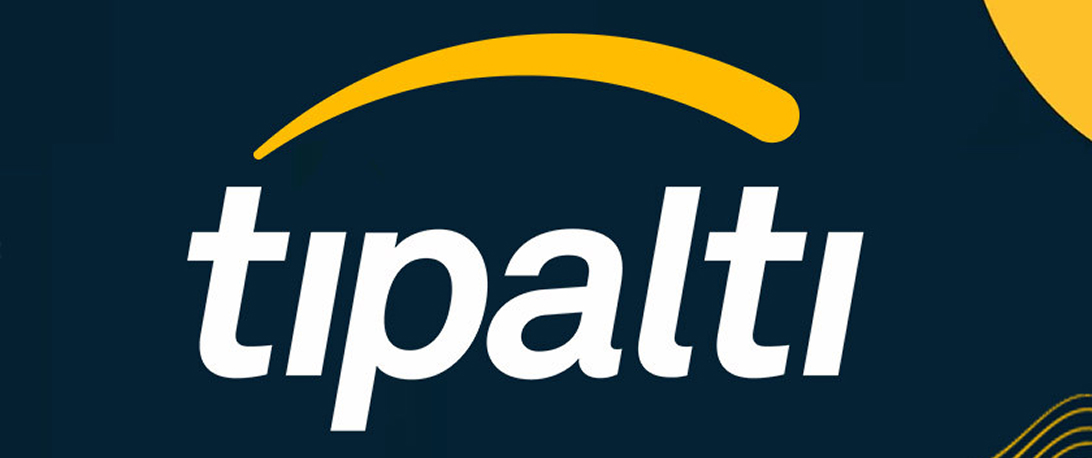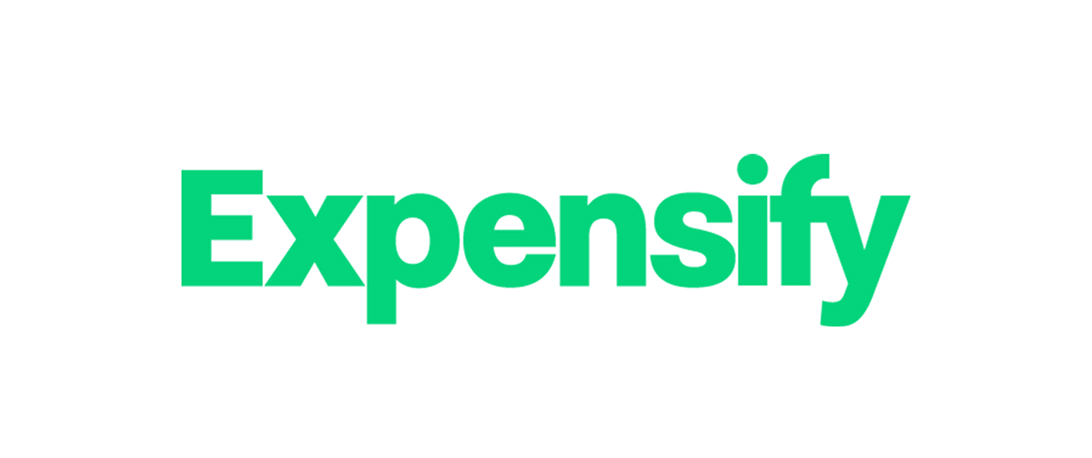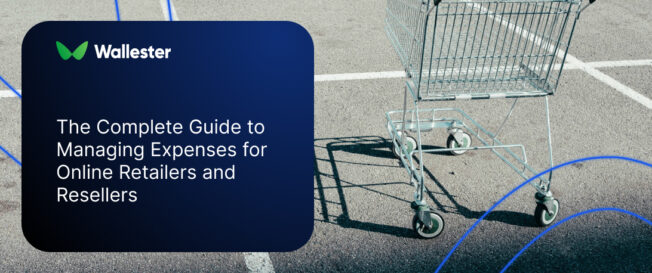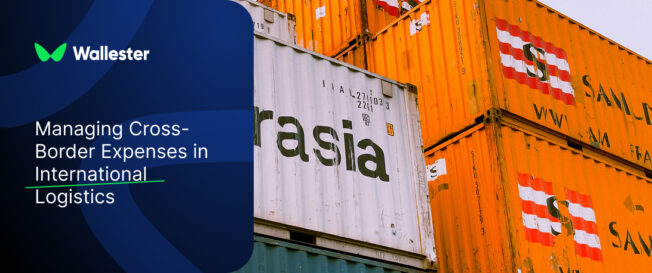Online retail is thriving, but rising costs can quickly cut into profits if spending is not tracked and controlled. This guide explains how retailers and resellers can build an effective expense management process, select the right tools, and keep cash flow steady without adding unnecessary complexity.
Key Takeaways
- Expense management is the process of tracking, reviewing, and approving every cost in a retail business.
- Modern expense management software replaces manual data entry and paper receipts with automated expense management tools.
- A structured approval process and clear expense policies give finance teams real time visibility and help retail companies manage budgets confidently.
- Integrating expense management systems with existing financial systems and accounting software creates complete visibility and supports data-driven decision-making.
What is expense management?
Expense management covers the policies, workflows, and tools used to record, review, and approve company costs. In a retail business this includes everything from travel expenses and employee expenses to supplier invoices and operational expenses. Finance teams use expense management systems to track expense data, categorise costs, and generate expense reports for accurate accounting. Effective expense management means having a clear expense management process that allows staff to submit expenses quickly and managers to approve expenses with just a few clicks.
Why is expense management important for online retailers and resellers?
Retail expense management is critical because the industry operates on tight margins. Retailers deal with fluctuating stock levels, shipping costs, marketing campaigns, and employee spending. Without strong expense policies and real-time visibility, hidden costs can quickly drain cash flow and slow growth. Expense management is important not only for cost control but also for employee satisfaction. A user-friendly system that lets staff scan receipts and submit expenses on mobile devices speeds reimbursement and keeps the finance department running smoothly.
Tips on how to manage expenses efficiently
Online retailers can effectively manage expenses by combining clear company policies with the right technology.
Key practices include:
- Set spending limits on corporate cards to prevent overspending and maintain policy compliance.
- Use automated expense management tools to capture receipts instantly.
- Review expenses and spending patterns regularly to spot potential savings and adjust budgets.
- Integrate expense management software with accounting software to simplify reporting.
Further Reading: How Virtual Cards Simplify Corporate Expense Tracking
How does an expense management system work?
An expense management system replaces manual data entry with automated capture and categorisation. Employees submit expenses through a web dashboard or mobile app. The software reads transaction data and receipts, assigns expense categories, and routes claims through an approval workflow. Finance teams review expenses, approve expenses, and export expense reports to accounting software. Automated expense management tools connect with existing financial systems to reduce errors and save time, while analytics highlight spending trends for better decision-making.
Key features of expense management software
Modern software supports retail companies with a range of features:
- Expense tracking and categorising expenses in real time.
- Automatic receipt capture and mobile scanning let teams work without paper receipts.
- Customisable approval process and approval workflow to match company policies.
- Integration with ERP and other management software for seamless reporting.
- User feedback tools to refine expense policies and improve employee satisfaction.
What are the types of expense management software?
Expense management software comes in several forms.
Cloud-based platforms offer user-friendly access from any device and easy integration with existing financial systems.
On-premise solutions give larger retail companies more control over data but require internal maintenance.
Hybrid models combine cloud convenience with local storage for sensitive transaction details. Each type can manage business expenses, automate expense approvals, and support data-driven decision-making depending on company policies and budgets.
How expense management software can benefit you
For online retailers, automated expense management tools help teams work faster and make fewer mistakes. Finance staff can set spending limits, follow expense categories, and see activity as it happens. Linking the software with accounting programs sends expense data straight to company records, so there is no manual entry and reports stay accurate. This way retailers can plan budgets, track travel costs, and keep cash flow steady without extra effort.
What are the challenges associated with expense management software?
Expense management software can still bring a few hurdles for retailers:
- Staff training – employees need time and guidance to learn new tools.
- Policy updates – company rules may have to change to match automated approval workflows.
- Receipt quality – blurry or incomplete uploads can still lead to data entry mistakes.
- System integration – linking the software with older accounting or ERP platforms can call for technical help.
Clear policies, careful planning, and regular user feedback help finance teams handle these issues and maintain full visibility of spending.
Further Reading: Top Expense Management Challenges for SMBs (And How to Solve Them)
Which is the best expense management software?
The best choice depends on business needs, size, and existing financial systems. Key factors include user-friendly interfaces, integration options, and cost. Below is a closer look at leading platforms for online retailers and resellers.
1. Wallester
Best for
Retailers (especially online ones) and growing businesses needing fine-grained control over spend with virtual & physical cards, tight integration with accounting, and strong user experience.

Key features
- Instant issuance of virtual & physical Visa corporate cards.
- Ability to set custom spending limits per card, per merchant type, per employee.
- Shared virtual cards (multiple employees/projects using same card) with separate visibility of who spent what.
- Real-time transaction monitoring & notifications; expense tracking.
- Receipt upload via mobile app, with reminders to attach invoice/receipt after spending.
- Multi-currency support, robust security (3D Secure 2.0, etc), API integrations with popular accounting tools.
Pricing & plans
- Offers free trial and ‘free cards’ test periods for some virtual cards.
- Premium tiers for larger volumes; pricing climbs with number of cards and scale.
Strengths & weaknesses
Pros: Very good user reviews for ease of use, secure card issuance, flexible spend control and strong visibility.
Cons: Integrations with less-common banking or accounting software may take extra technical work.
2. Tipalti
Best for
Larger companies, cross-border operations, those needing accounts payable + vendor & supplier management + compliance; good also for online retailers with many suppliers, global resellers.

Key features
- End-to-end automation of expenses, invoices, AP (accounts payable), supplier onboarding.
- Global payments: supports payments in many currencies, across many countries; multiple payment methods.
- Advanced compliance: tax / VAT, local regulatory compliance, supplier verification.
- Purchase order (PO) matching, procurement workflows, guided requisitions.
Pricing & plans
- Pricing tends to be quote-based (depends on company size, number of suppliers, transaction volumes).
- Multiple tiers: ‘Starter’ for basic AP / expense workflows; ‘Premium/Elite’ for advanced global supplier management, fraud checks, custom rules.
Strengths & weaknesses
Pros: Very strong for global operations; deep controls for suppliers and tax; good for companies with many vendors.
Cons: More complex to set up; cost is significant for smaller teams; interface less modern according to some reviews
3. SAP Concur
Best for
Large enterprises, businesses with frequent travel, multi-region operations, or businesses needing deep integration of travel, expense, invoices and compliance.

Key features
- Travel & expense convergence: Concur Travel + Concur Expense modules, linked booking, receipts, and expense reporting.
- New ‘Joule’ copilot / generative AI assistant: helps with assembling timelines, spotting missing or incorrect entries, helping prepare expense reports.
- Real-time authorisation data, including linking corporate cards so some transactions are automatically categorised and logged.
- ‘Quick Tips on Expense Types’ to guide users filling in expense reports (less missing info, more correct categorisation).
- Budget authorisation tools in Concur Request, improved trip planning with budget authorisation per group/travel event.
Pricing & plans
- Modular: companies can pick Expense alone, or include Travel, Invoice, etc.
- Pricing usually by enterprise contract, often depending on number of users, locations, modules used.
Strengths & weaknesses
Pros: Very mature product; strong in compliance, audit, travel & policy enforcement; lots of integrations; good for scale.
Cons: Setup is heavier; interface may seem more complex; cost tends to be higher; learning curve for users.
4. Expensify
Best for
Small-to-medium businesses, teams that travel, businesses needing fast reimbursements, simpler workflows but still want cross-border and virtual card features; also useful for retailers with moderate volume.

Key features
- Receipt scanning (OCR), auto-categorisation, policy checks built in.
- Multi-receipt scanning/batch processing, drag-and-drop uploads.
- Travel features: group travel / event booking, travel itineraries in the app, centralized billing for travel.
- Admin ‘superpowers’: ability to bulk-edit roles/approvers; previews; easier workflows for finance admins.
- Global reimbursement, virtual cards and company card integration.
Pricing & plans
- Free or low-cost plans for small teams, scaling up with features.
- More advanced features (travel, cards, global reimbursement) are in higher tiers.
Strengths & weaknesses
Pros: Simple interface; lots of recent improvements making daily work faster; good value for mid-size teams; strong travel integration.
Cons: For very large or highly complex organisations might lack some enterprise-grade supplier/AP features; sometimes policy enforcement & customisation are less granular.
Choosing an expense management software for online retailers and resellers
Selecting the right platform starts with assessing company policies, finance department needs, and existing financial systems. A clear understanding of spending patterns and operational expenses helps narrow the options. Retail companies should look for expense management software that:
- Integrates smoothly with accounting software and ERP systems.
- Offers automated expense management tools that capture receipts.
- Provides real-time visibility of expense data and transaction details.
- Supports mobile apps so employees can submit expenses and scan receipts from anywhere.
Comparing user feedback and testing free trials can reveal how user-friendly each platform is and whether it fits specific business needs.
Further Reading: The Complete Guide to Business Expense Management
Why choose Wallester?
Wallester gives retailers and fast-moving companies a single place to control spending and keep every expense visible. The platform issues virtual and physical corporate cards with custom spending limits, so finance teams can stay on top of employee spending and corporate credit card transactions as they happen.

Its expense management software captures receipts, categorises expenses, and creates detailed expense reports that link directly to popular accounting tools. Finance staff gain full oversight of budgets, while employees enjoy quick reimbursements and an easy mobile app that makes submitting expenses feel effortless.
Retailers looking for one platform to handle corporate cards, expense tracking, and automated reporting can streamline daily finance work with Wallester. Built-in analytics reveal spending trends and help teams adjust categories and stay on budget without guesswork.
Start today:Explore Wallester to issue your first virtual card, track expenses in real time, and bring clarity to company spending.


